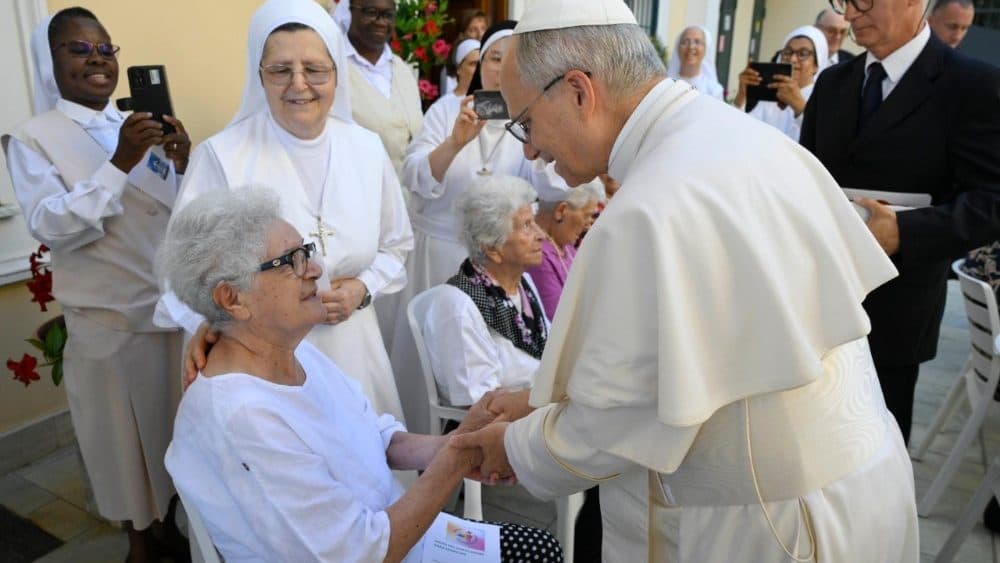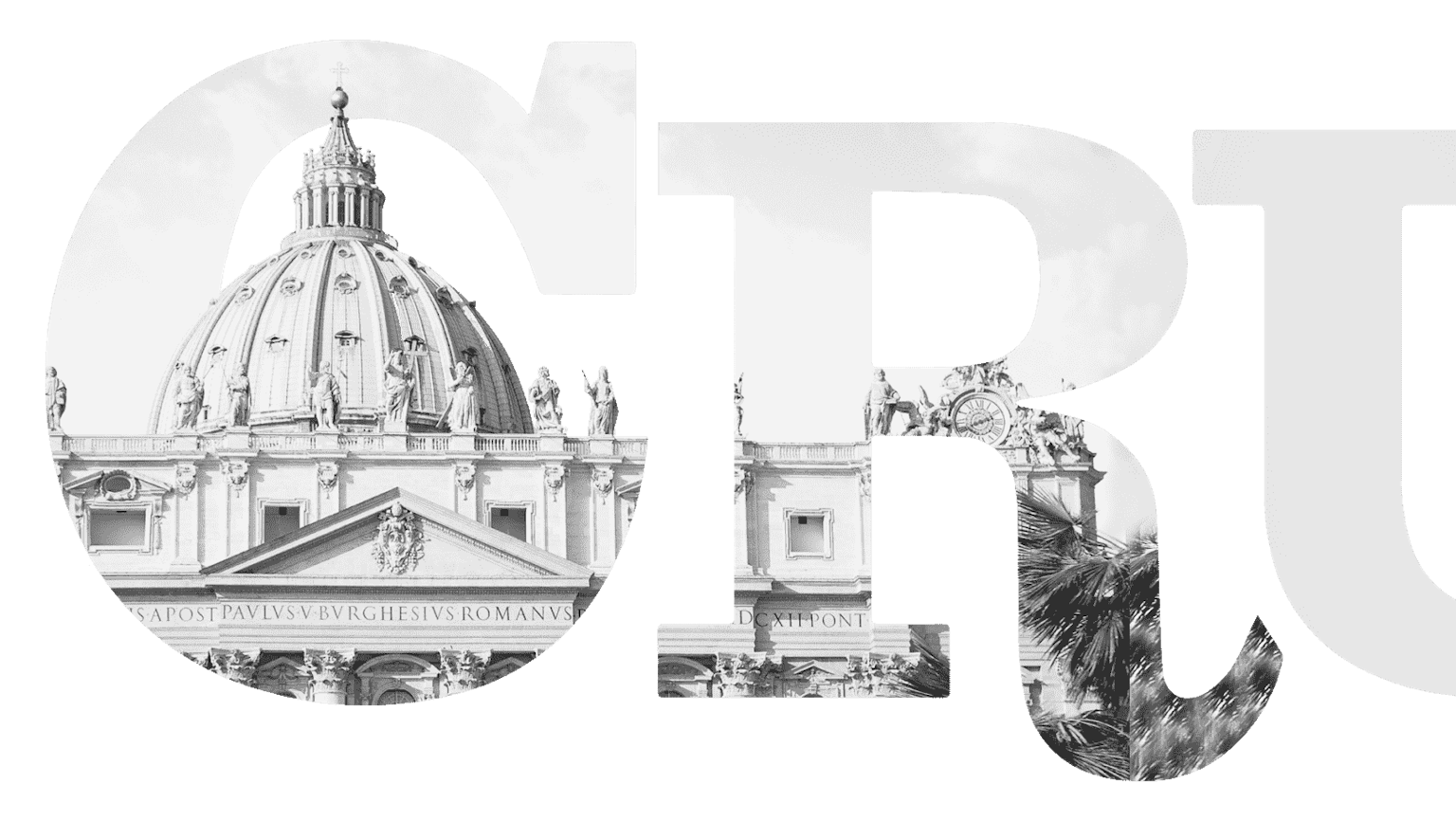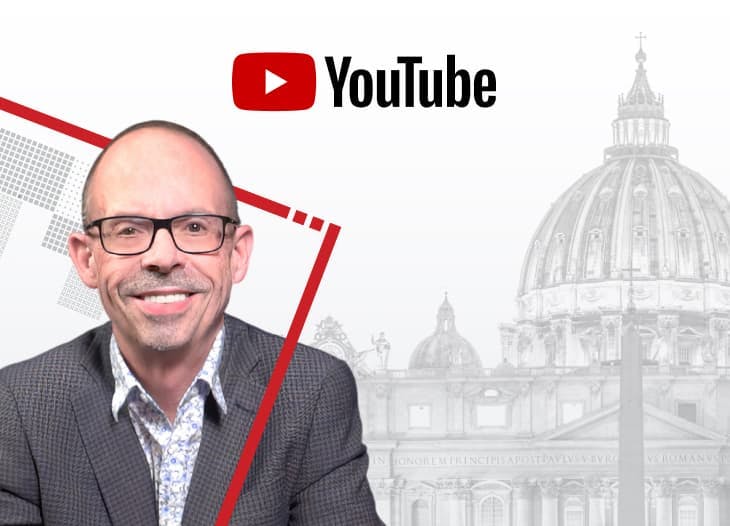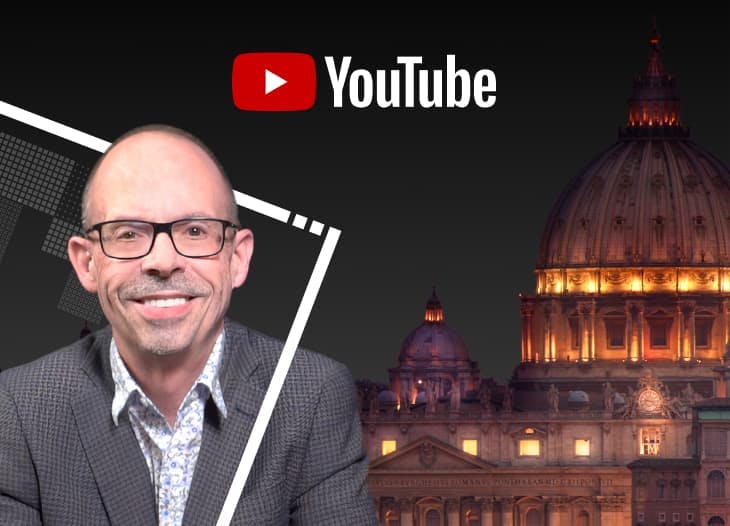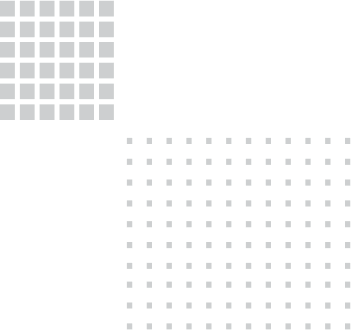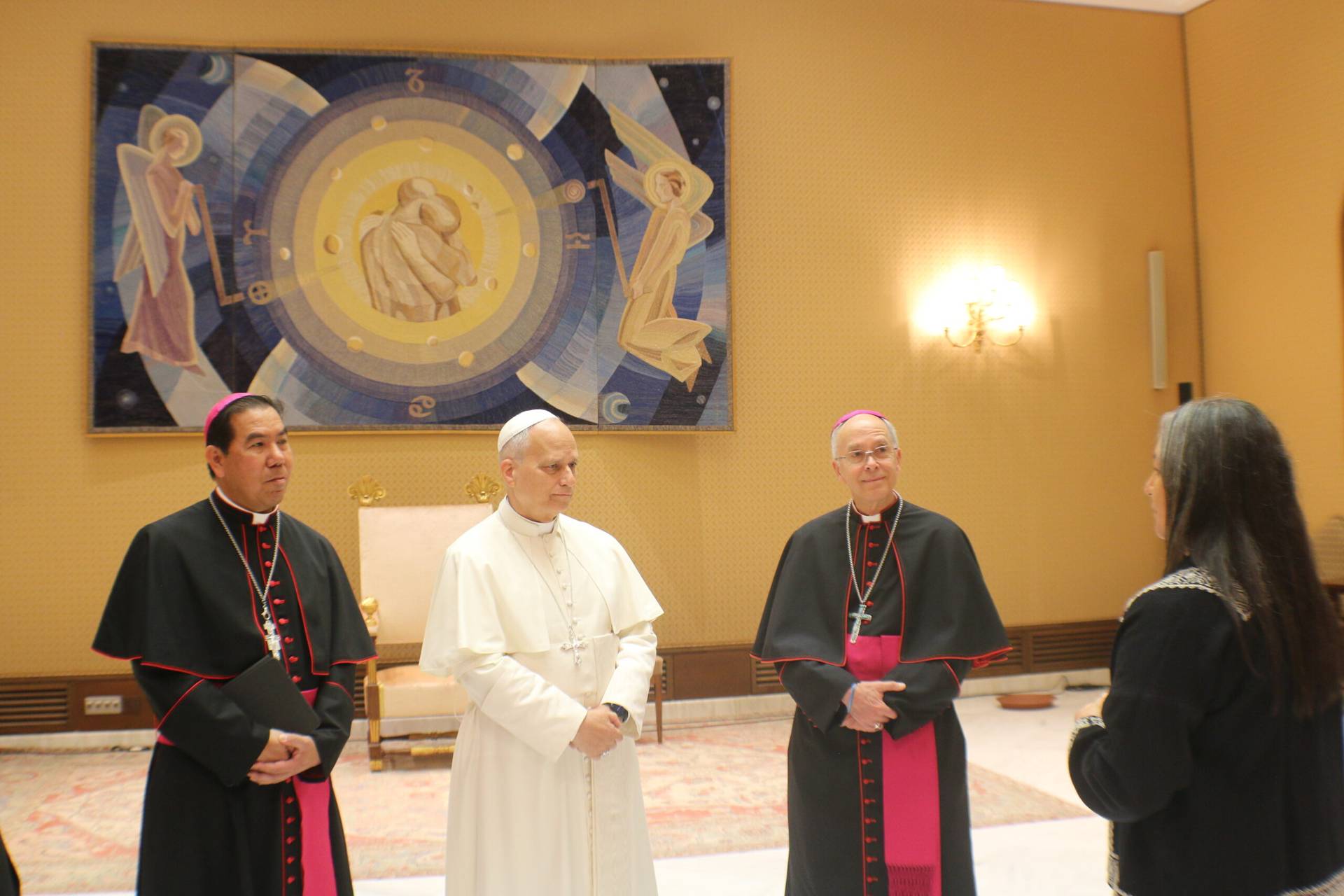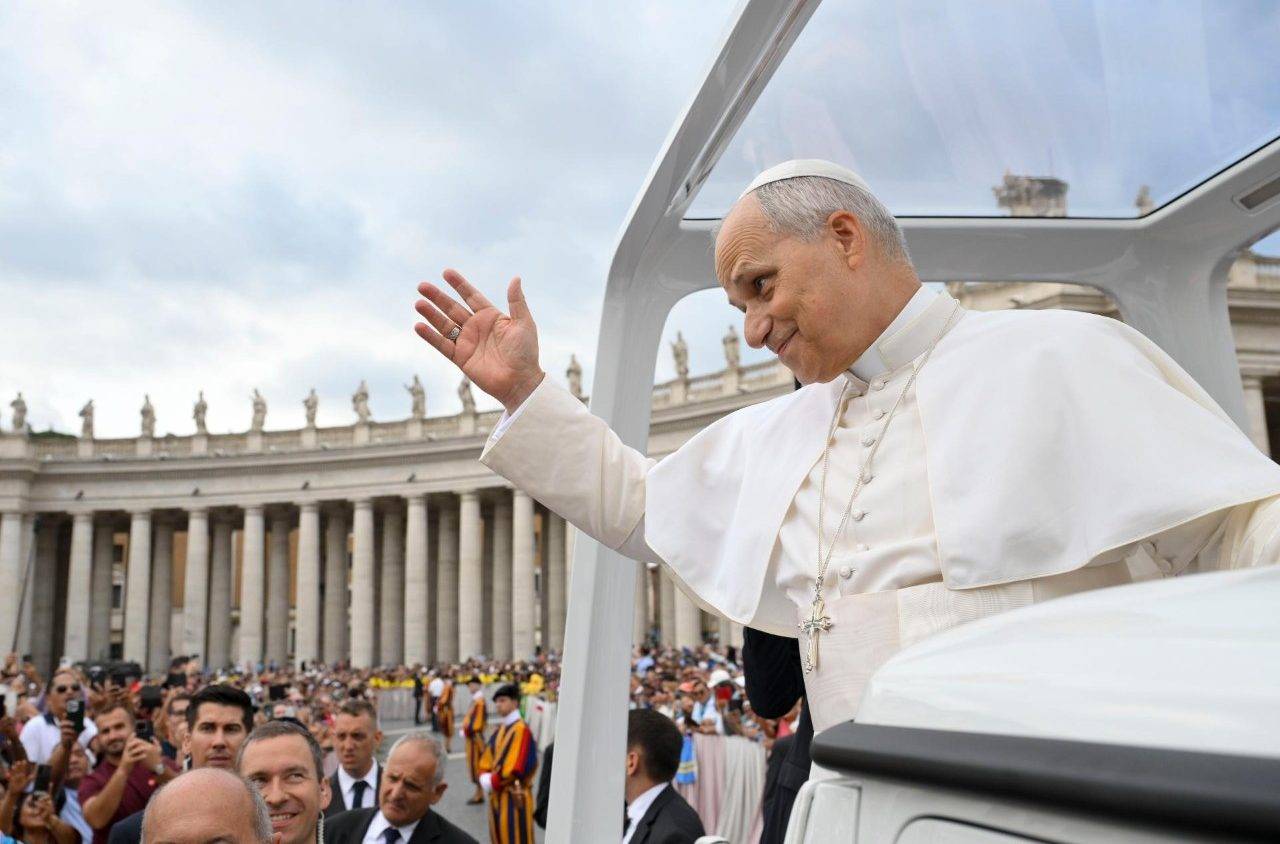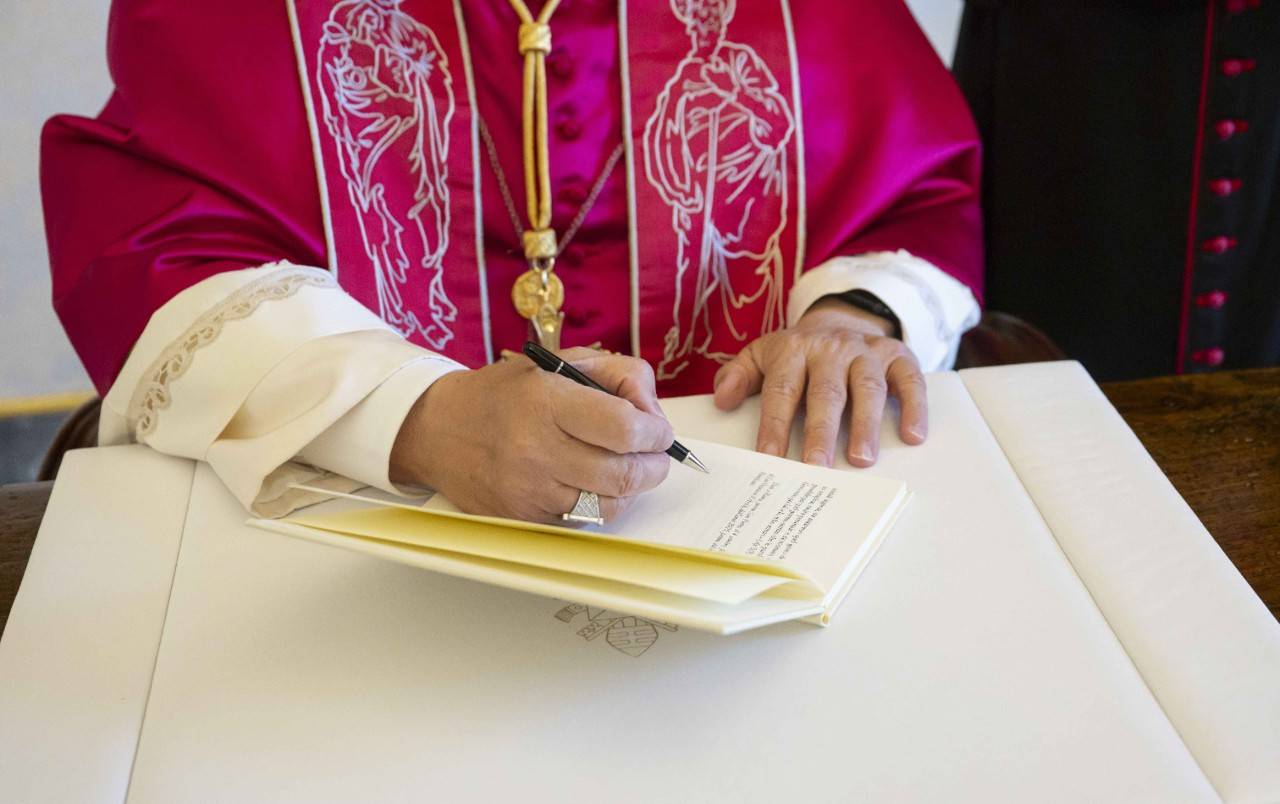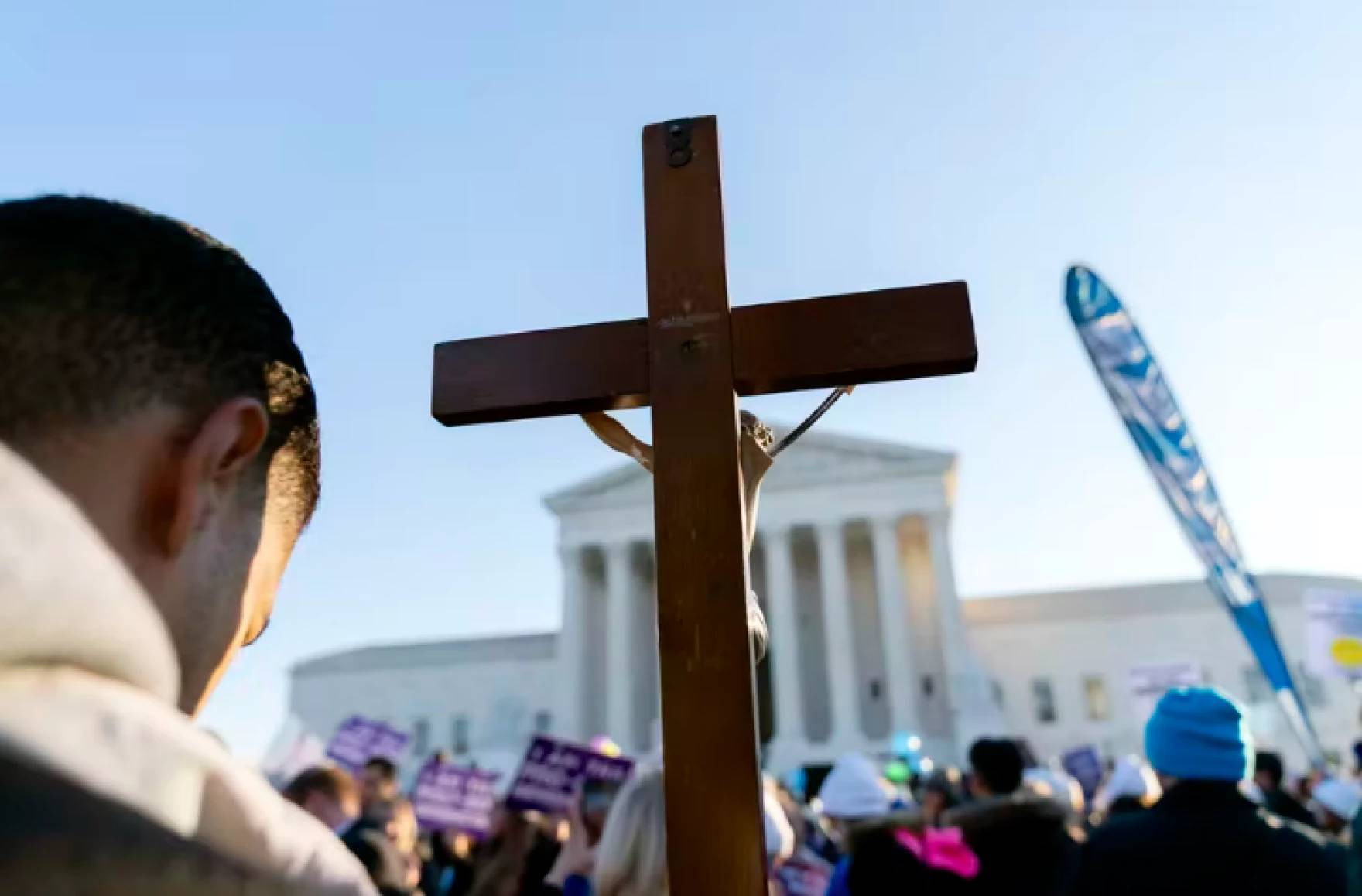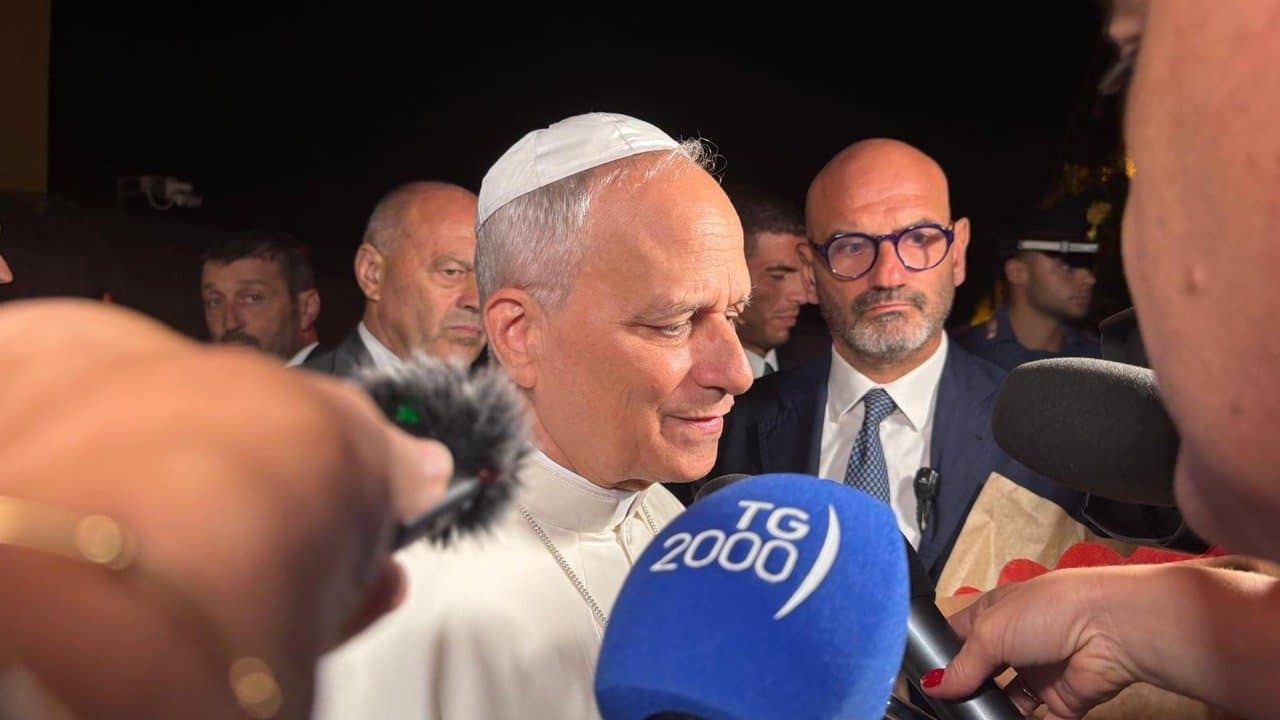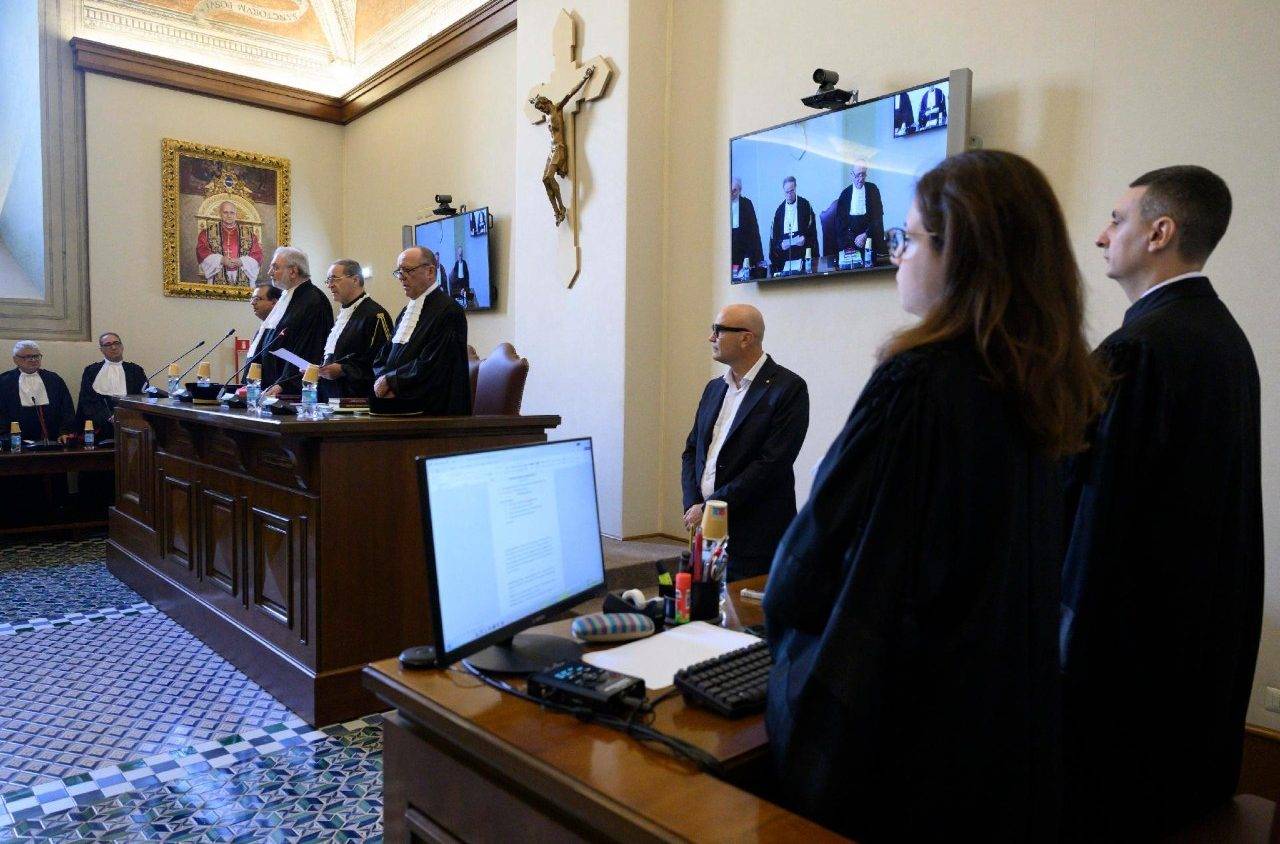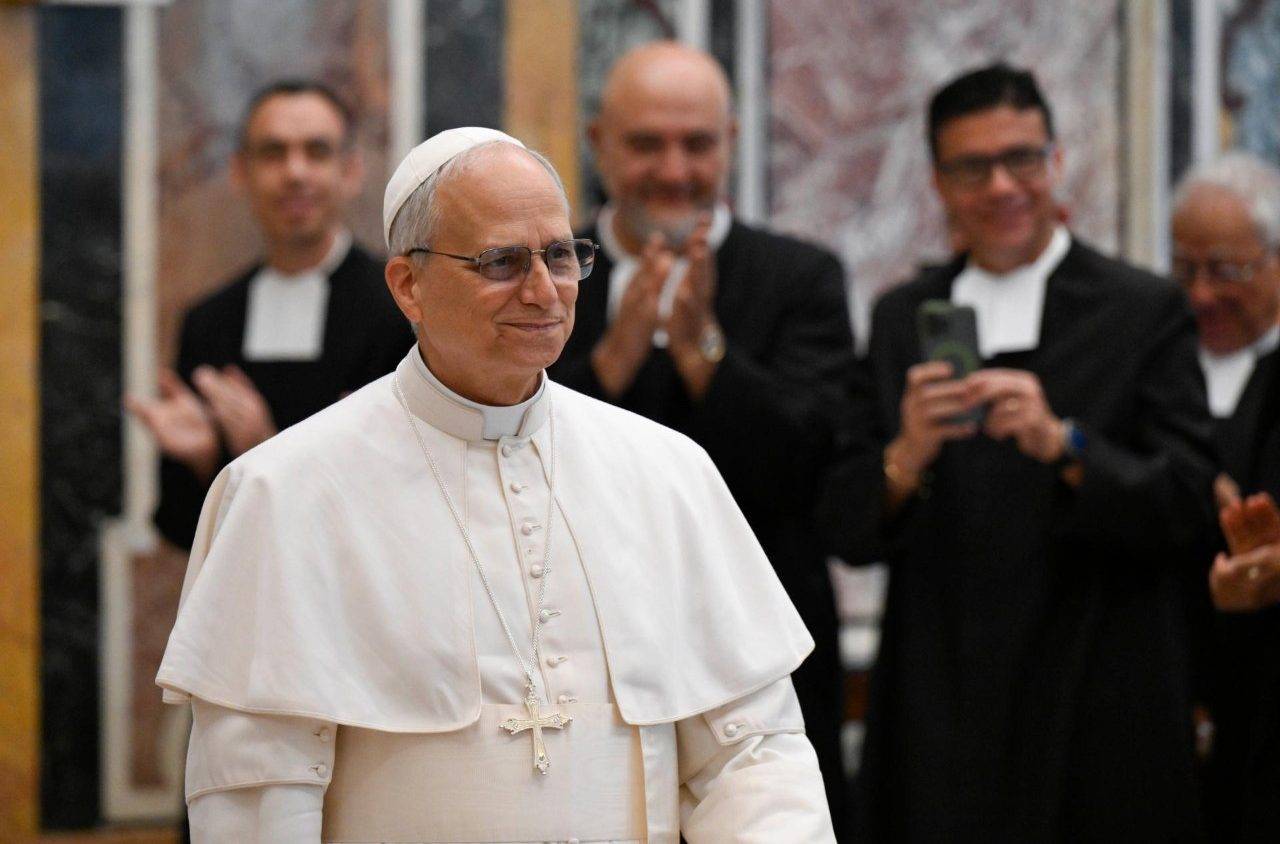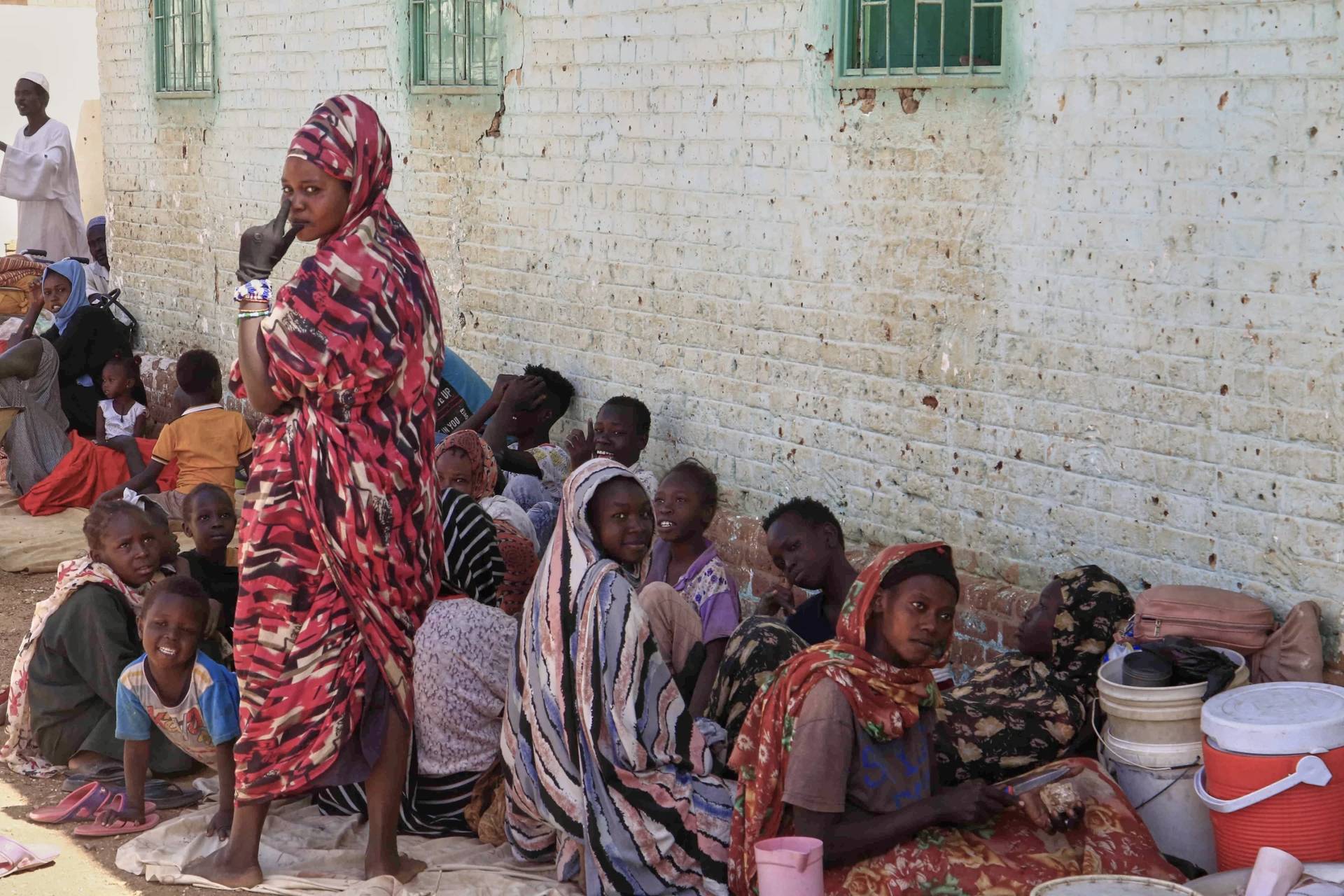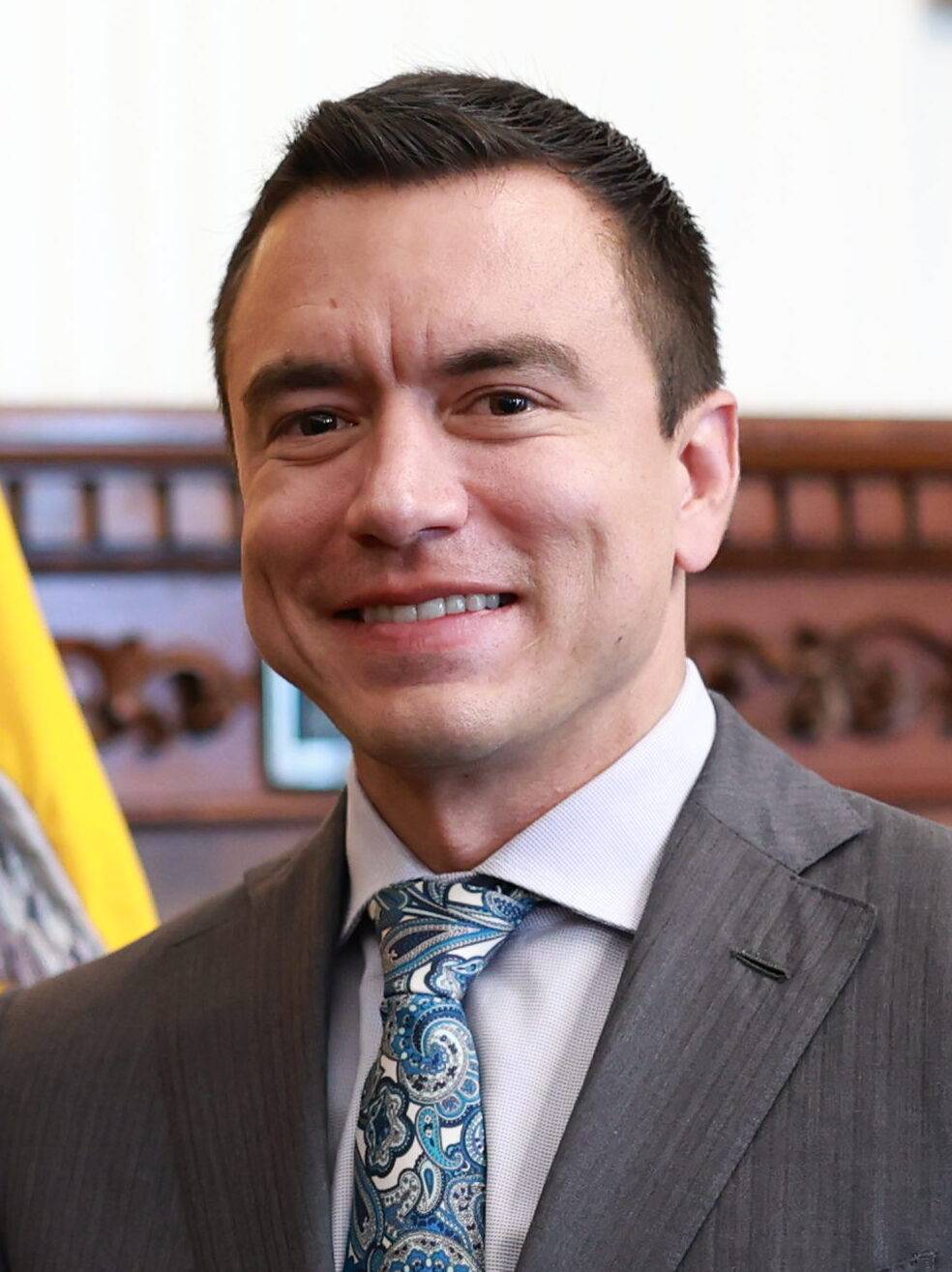ROME – When he addressed an international congress on the pastoral care of the elderly yesterday, Pope Leo laid out the demographic premises for an honest assessment of Catholic life these days, but he didn’t quite draw out the logical pastoral consequences – in part, perhaps, because there’s only so much you can do in a brief 900-word address.
Leo clearly acknowledged that rapid aging of societies is one of the key hallmarks of our time: “The growing number of elderly people is an unprecedented historical phenomenon that calls us to discern and understand the reality in new ways,” he said.
Basic demographic data backs up that observation.
In the United States, the median age was 30 in 1950, but it will reach 41 by 2050. In Europe it will be 47.1, and in Japan a staggering 52.3. Fully a third of all Japanese will be over 60 within a decade, creating a potentially serious shortage of elder care facilities and personnel. One leading Japanese politician actually has proposed exporting retirees to the Philippines in order to relieve the pressure.
By the end of the 21st century, the share of the population over 60 will rise from 10 to 22 percent, giving the entire planet a median age similar to that of Western Europe today. In 2050, there will be almost two billion people over the age of 60.
As the President’s Council on Bioethics predicted twenty years ago, the United States is on the brink of becoming a “mass geriatric society.” According to the Census Bureau, Americans aged 14 and under presently outnumber those 65 and above by almost two-to-one, 60.5 million to 34.7. By 2050, that ratio will have swung strongly in the opposite direction. There will be 75.9 million Americans above 65, as opposed to 59.7 million under 14, meaning the elderly will outnumber the youngest in the country by more than 16 million.
The pontiff, who is himself awfully active despite recently turning 70, also noted that one characteristic of this rapid aging – what some wags call the “Grayby Boom” – is that many elderly people remain in good health and stay active for long periods of time.
“Today, many people, having finished their working years, have the opportunity to enjoy an increasingly long period of good health, economic well-being and more free time,” he said. “They are called ‘young elderly.’”
He then applied that insight to Catholic life: “Often they are the ones who attend Mass assiduously and lead parish activities, such as catechesis and various forms of pastoral service,” Leo said.
“It is important to find an appropriate language and opportunities for them, involving them not as passive recipients of evangelization, but as active subjects, and to respond together with them, and not in their place, to the questions that life and the Gospel pose to us,” the pope said.
Indeed. The question is, what would that mean?
In the United States, the Catholic Church will have 6.8 million additional members over the age of 65 by 2030, by far the most substantial expansion of any subgroup in the Church. Inevitably, these trends mean that the Church will be pressed to invest an increasing share of its resources in ministry to the elderly. Ministries which will expand rapidly include:
- Chaplains in nursing homes, assisted living facilities, and hospitals;
- Ministry to shut-ins, including the need for Eucharistic Ministers who can bring the sacrament to elderly parishioners;
- Demand for funerals and anointing of the sick;
- Pastoral programs to help people deal with bereavement and loss;
- Catholic nursing homes, hospitals, and day care centers.
In at least a few cases, Church-run nursing homes, assisted living centers, and retirement homes may become the functional equivalent of small parishes, with burgeoning populations and even full-time resident pastoral care. Matching retired priests with nursing homes and assisted living facilities, negotiating a discount for the priest, may also be one way dioceses can trim their own expenditures.
As Pope Leo hinted, none of this is bad news for the Catholic Church. Typically we associate youth with dynamism and age with decay, but given the new demographic realities this isn’t necessarily the case today.
Given that the elderly are disproportionately likely to take religion seriously and to practice their faith, the “graying” of the population – far from being something to lament – actually represents a potential “boom cycle” for the Catholic Church, if it has the imagination to grasp the moment.
By 2030, 6.8 million additional Catholics in the United States will be entering the stage of life where they are most likely to pray, to go to church, to reflect on religious subjects and to be open to a deeper religious commitment. Improvements in general health mean the elderly can remain active members of the church for much longer periods of time. Three in four persons aged 65-74 in the United States, and two in three of those over 75, say their health is “good to excellent.”
They also have the means to contribute financially to the church; the advertising firm Martino and Binzer, which specializes in “mature marketing,” estimates that Americans over 55 possess $1.5 trillion in discretionary spending.
All this suggests the need for a broad “gray-friendly” consciousness in the church. To offer just one practical example, seminaries ought to be encouraging future homilists to slow down in their delivery, since elderly parishioners often struggle to hear when someone is speaking in rapid-fire fashion. Parishes should be ensuring that structures are accessible to the disabled, and to offer transportation programs for senior citizens.
Even schedules may need to change. Parishes that cater to younger adults often start faith formation sessions or Bible study groups at 7:00 pm or later, on the theory that by this hour, participants will have returned home from work, taken care of their kids, had dinner, and be ready for something else. Senior citizens often might be more comfortable with events that begin in the early afternoon. All of this should be worked out in local settings by talking to the elderly themselves.
The basic point is that far from clucking sadly when we see gray heads in parish aisles, our hearts ought to gladden. If someone were to dream up a program of outreach to marginal Catholics that drew 6.8 million back into active practice of the faith within a quarter-century, it would be hailed as one of the great evangelical success stories of all time. Today, demographics are to some extent doing the job all by themselves.
“The pastoral care of the elderly must be evangelizing and missionary, because the Church is always called to proclaim Jesus Christ the Savior to every man and woman, at every age and stage of life,” Pope Leo said Friday.
Never has that been more true than today.
